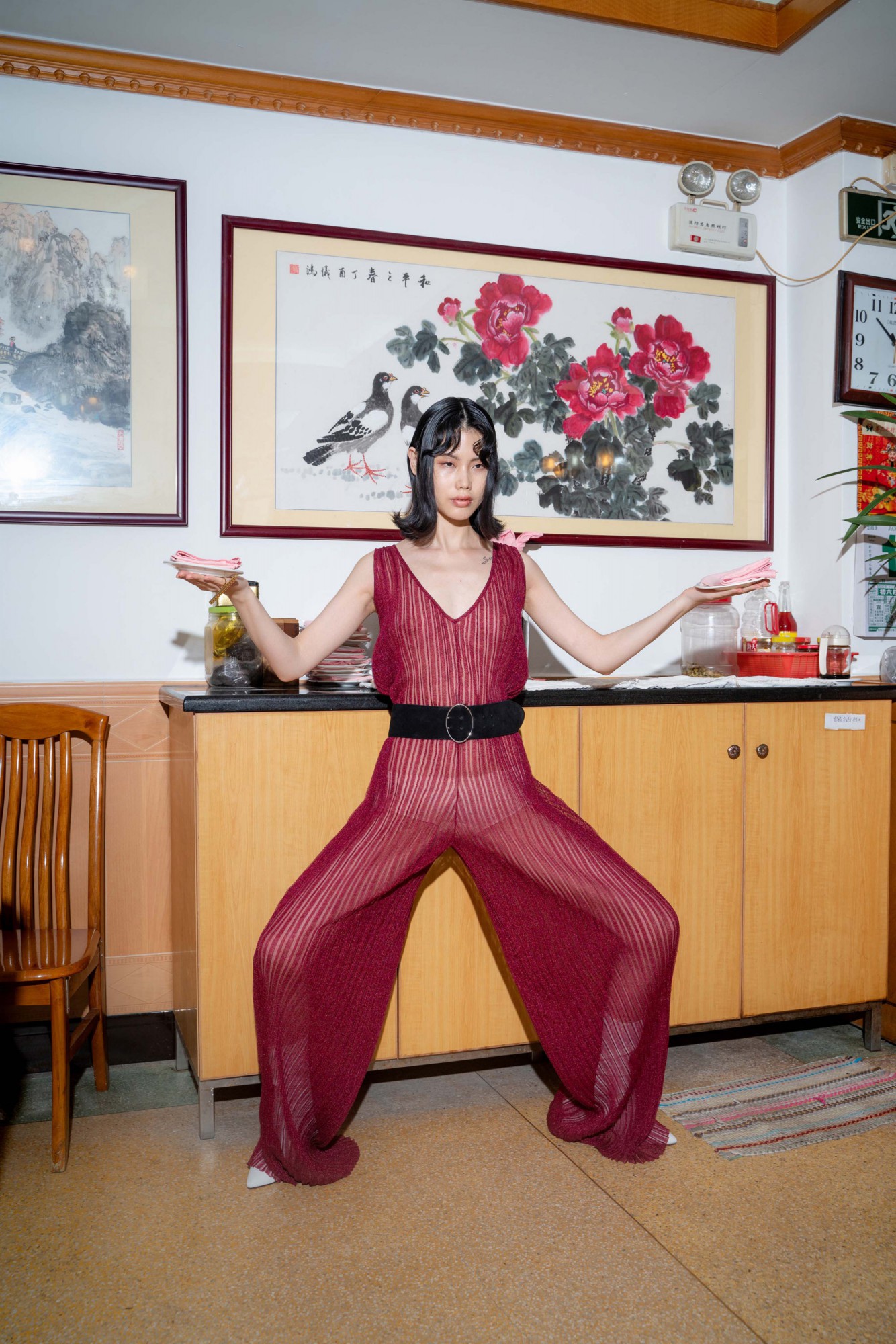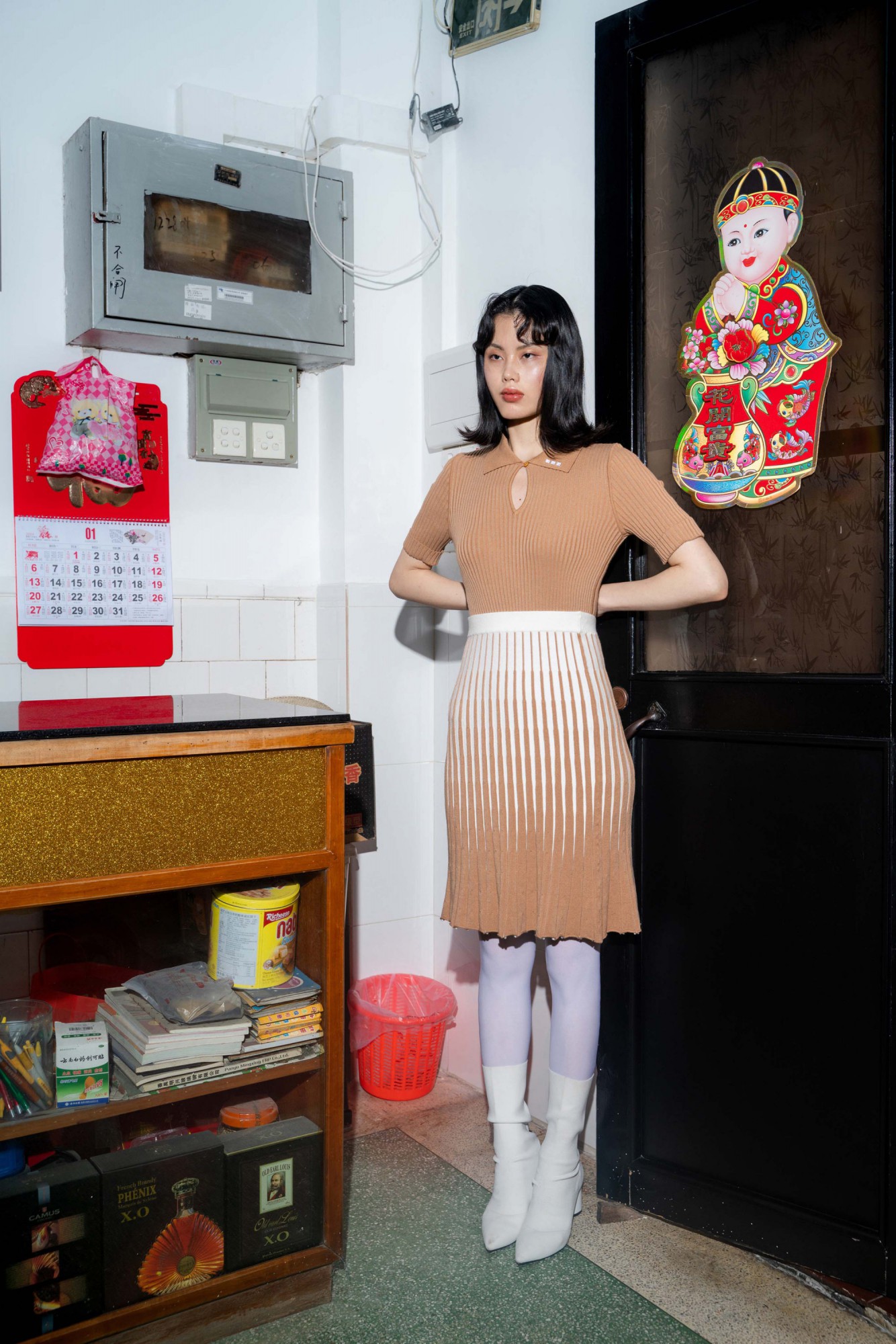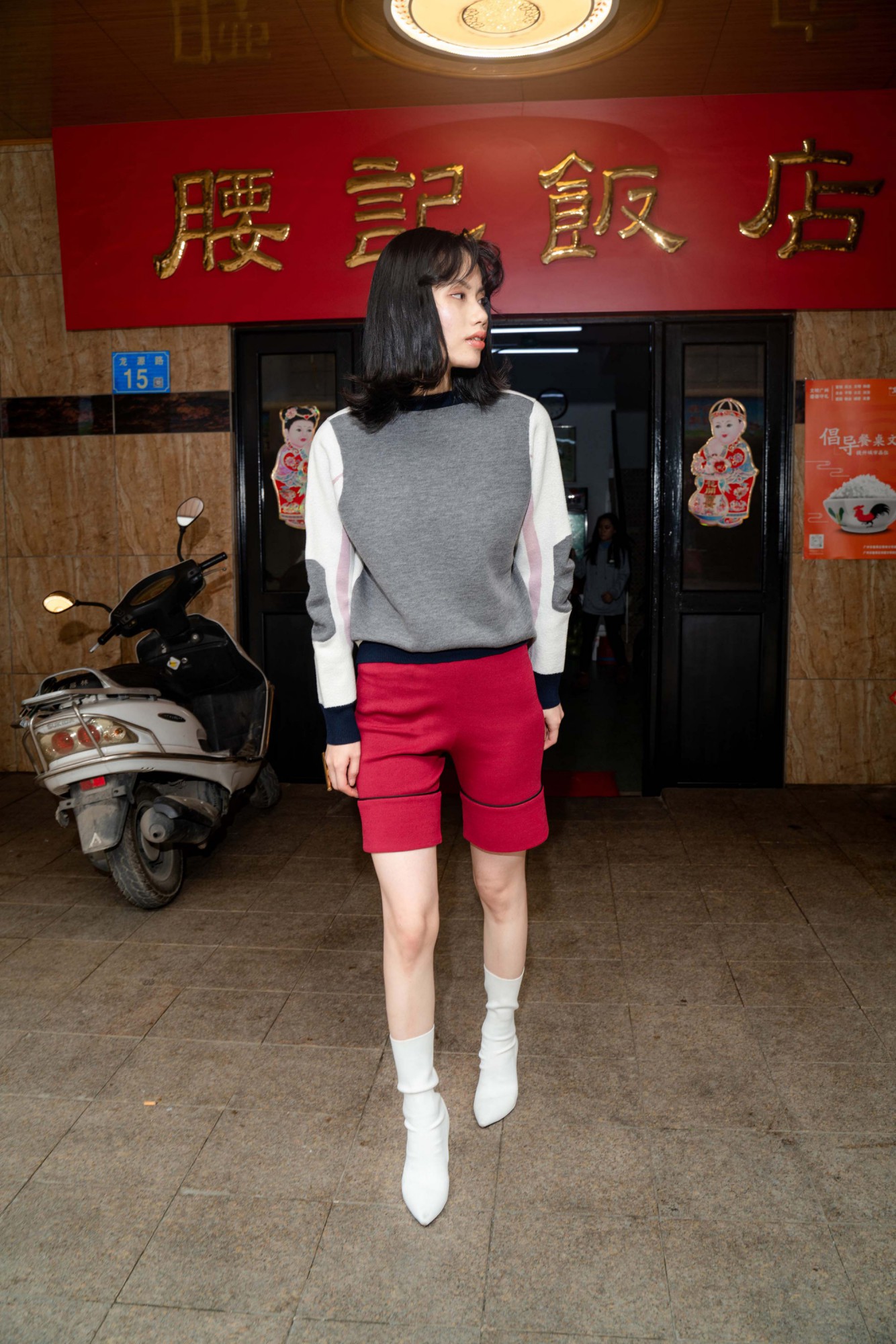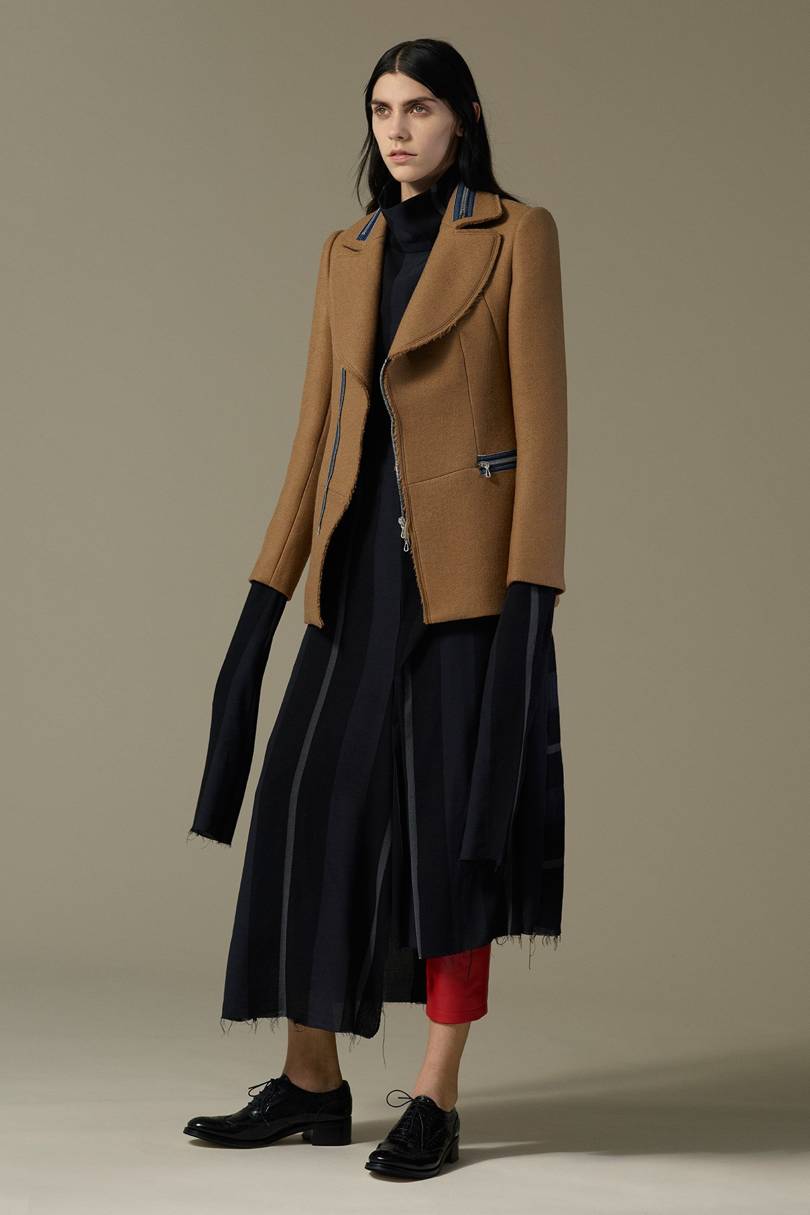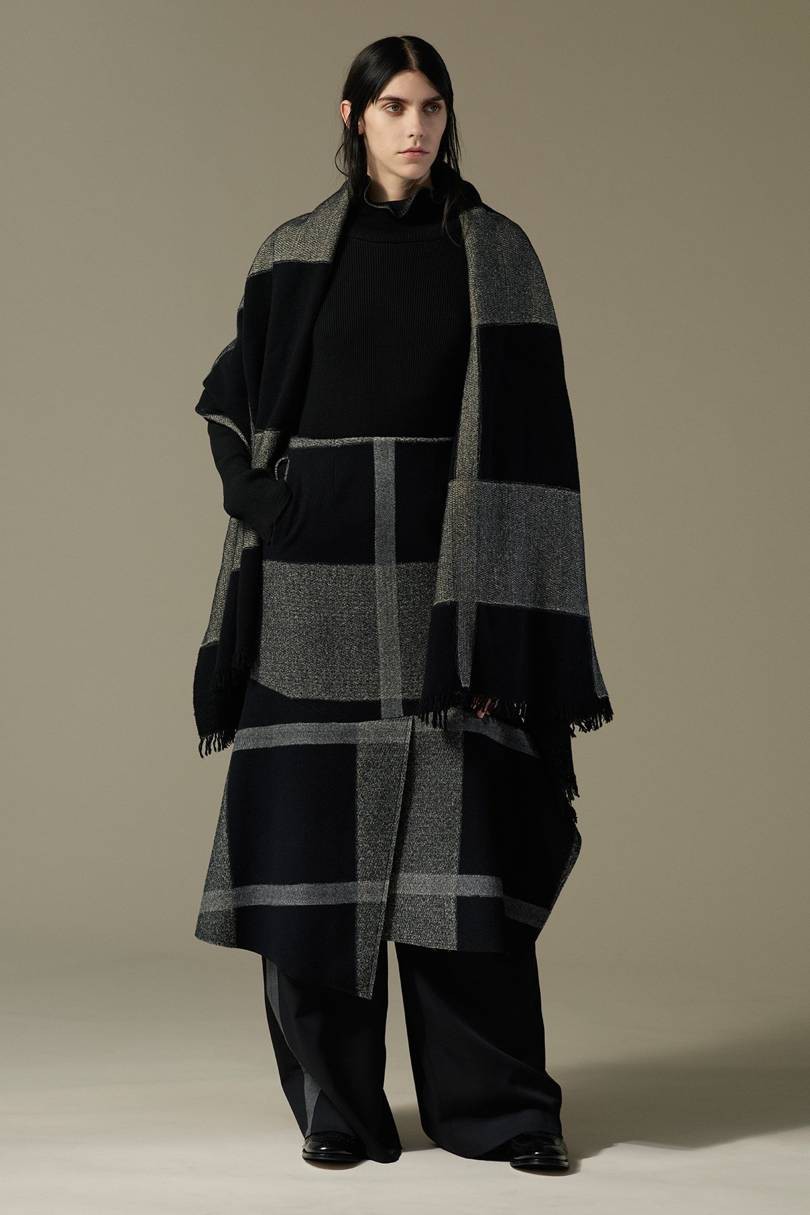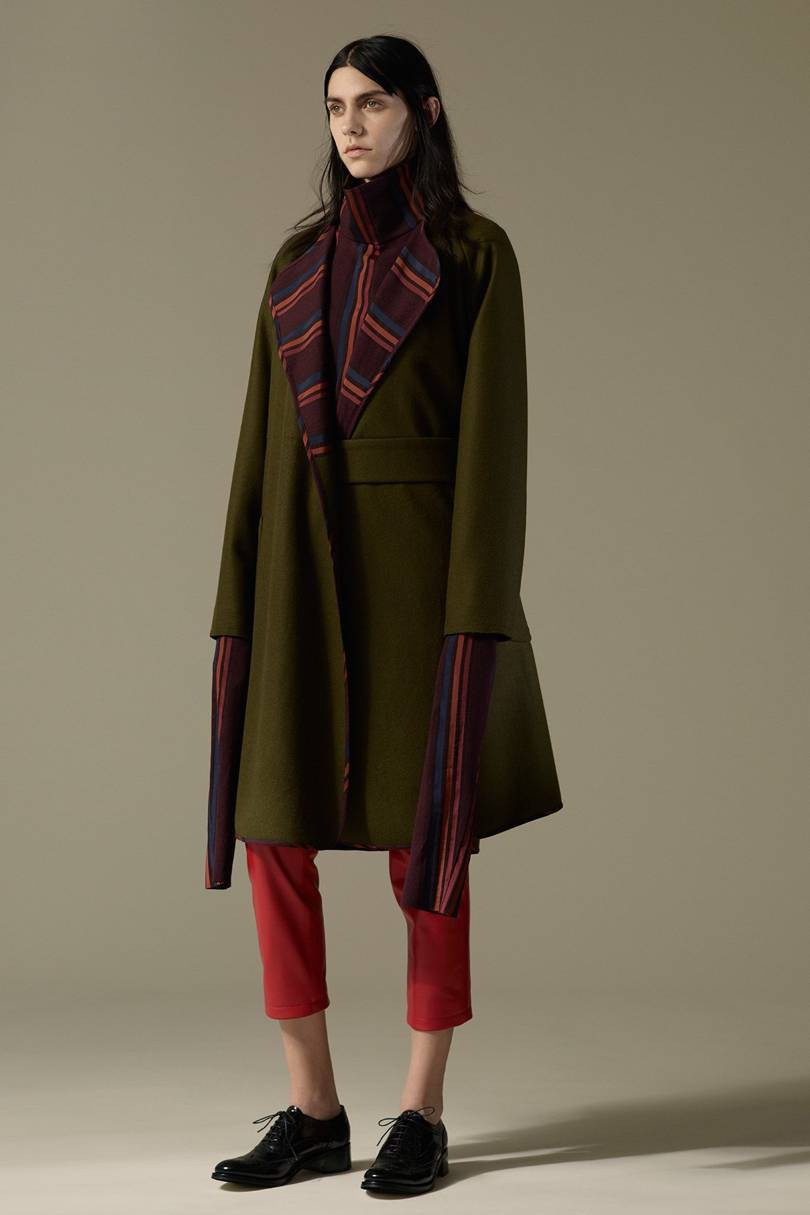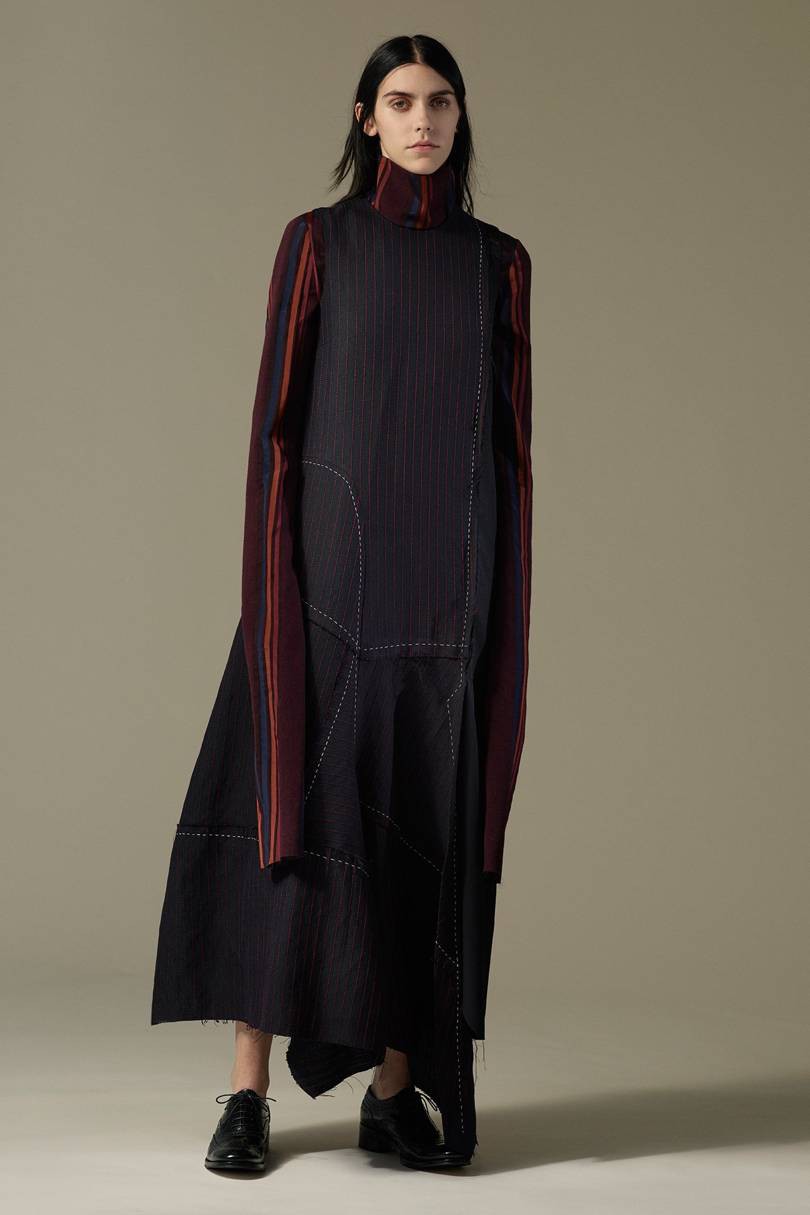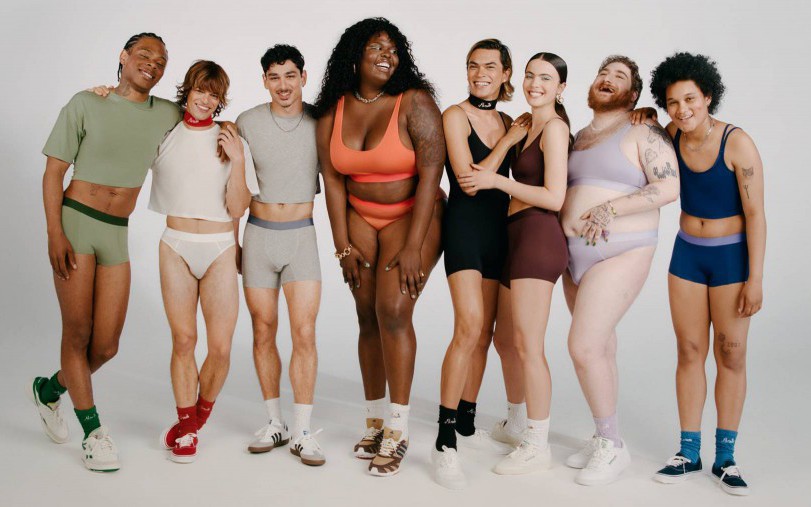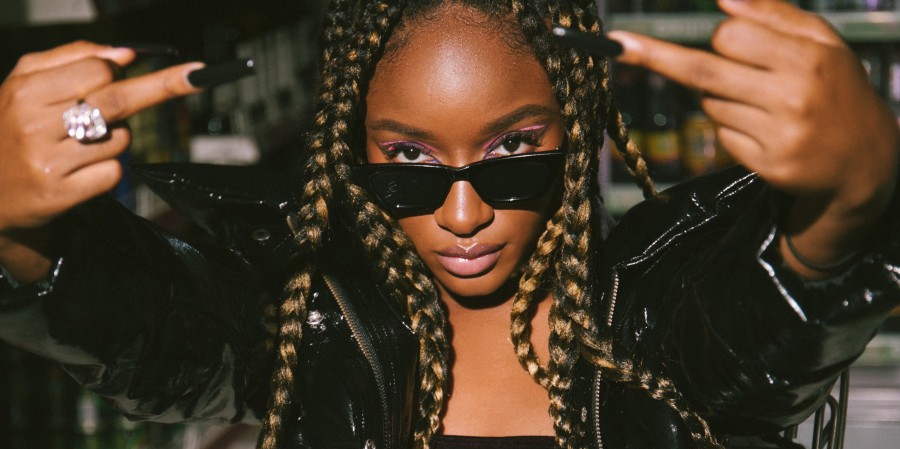Extreme oriental
Fantastic and almost unreal initiatives of China in the project #MadeInChina2025 – a claim for the world leadership. This plan includes 10 industries that will help the state to become a producer of valuable goods and services: from 5G technology, which will create a whole new industry of wearable Internet things, to industrial robotics, the leader of which today is South Korea.
A modernized and abundant China has every chance to become a new geopolitical center. However, the established powers rarely, if ever, give up leadership without a fight. The question is whether it will remain at the trading level or develop into something more. Current events in Hong Kong are just a gentle warning.
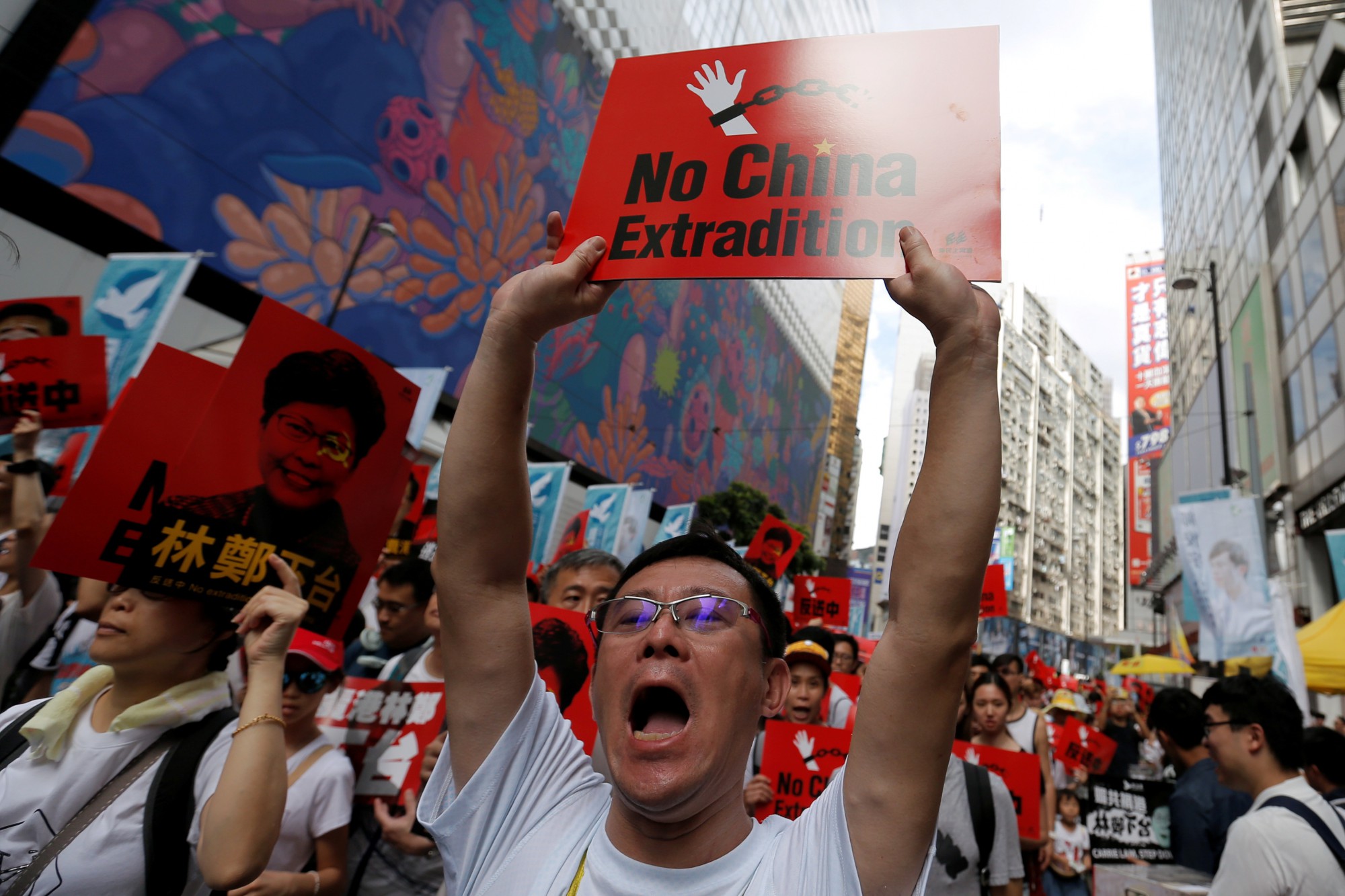 Otago Daily Times
Otago Daily Times
But in fashion and design we are experiencing a revival of the "chinoiserie" style (literally "Chinese") but in a modified form. Now China accounts for 46% of the luxury goods market: these are works of art, expensive cars and designer clothes.
IT IS CURIOUS ENOUGH THAT THE INTEREST OF THE WEST TO EVERYTHING CHINESE APPEARED IN THE XVII CENTURY, IN CONNECTION WITH THE ACTIVITIES OF THE BRITISH OST-INDIAN TRADING COMPANY, WHICH LATER FORMED IN THE STYLE OF “CHINOISERIE”.
In the women's outfit of 1730-1760 the sleeve “a la pagoda” was in high fashion: rows of lace that in a special way descended below the elbow.
In England there was a fashion for straw hats, similar to a cone-shaped Chinese headdress. Uncomfortable tiny shoes – mules – that imitated Chinese shoes, also came into use.
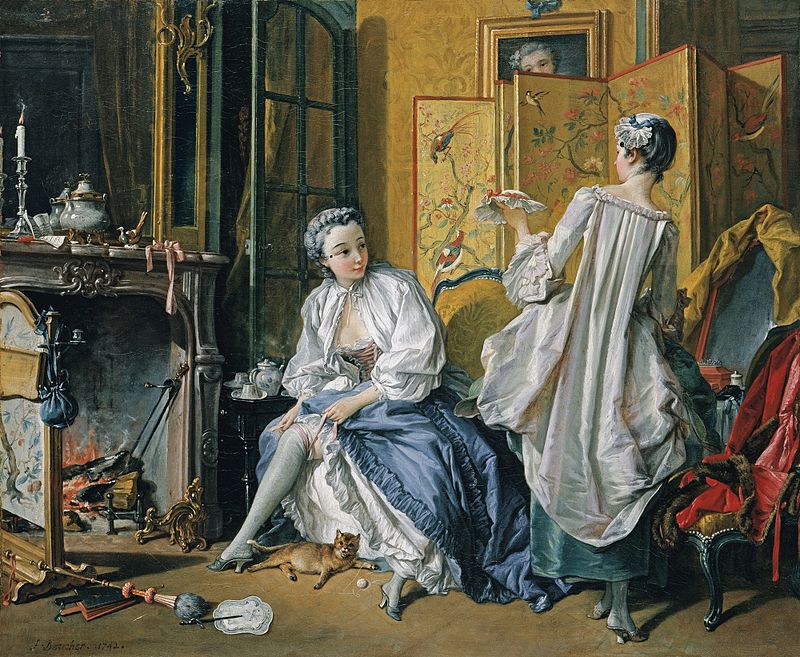 Francois Boucher "La toilette intime" (1742)
Francois Boucher "La toilette intime" (1742)
In recent years almost all famous designers have turned to elements of Chinese folk clothes and, in particular, to traditional Chinese designs. Without further ado Barbara Bui and Vivienne Tam use images of dragons and tigers. The famous Japanese brand Kenzo combines different folk traditions in its work, including Chinese ornaments. There are more sophisticated variations: for example, Dries Van Noten or GUCCI.
Until recently the Chinese buyers did not show much patriotism to domestic designers and preferred Western brands to them. But the successes of Chinese designers at international shows force them to reconsider their preferences.
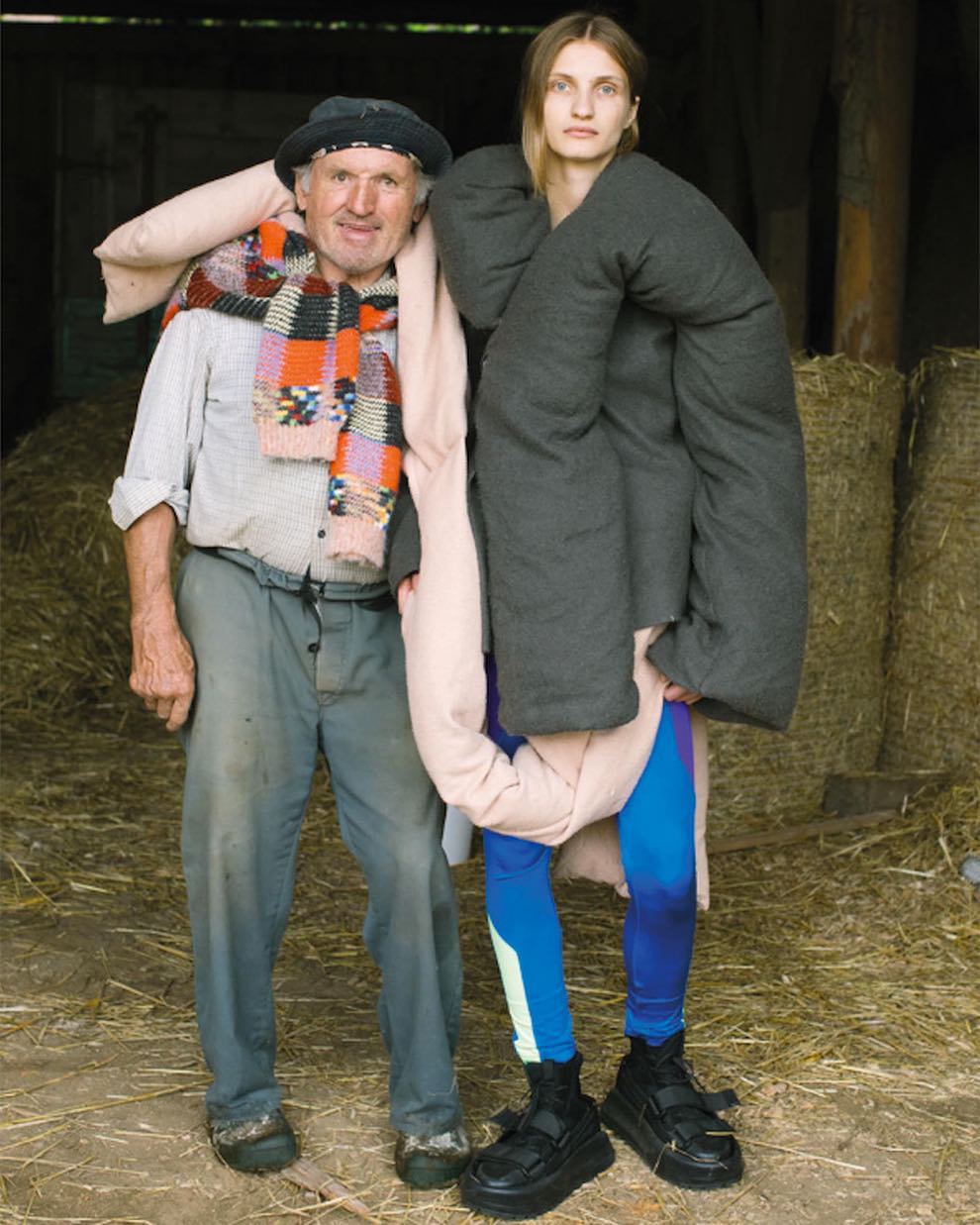 SANKUANZ @twinmagazine
SANKUANZ @twinmagazine
“China: through the looking glass” is the name that one of the Balls of the Costume Institute in New York had not far ago, when the singer Rihanna appeared in the long Chinese yellow Changpao dress by designer Guo Pei. Even then, in 2015, the fashion world gave us an extremely unambiguous signal – the influence of China and Chinese culture is becoming stronger.
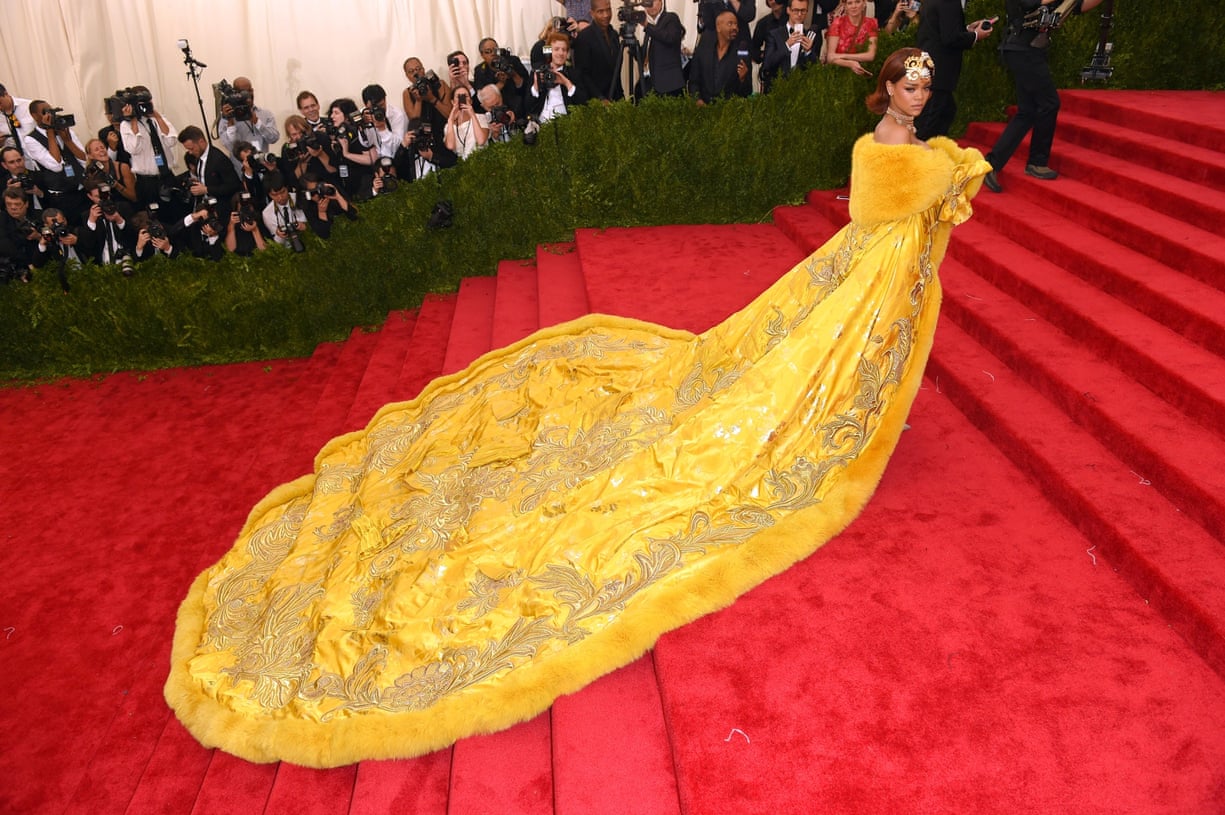 Karwai Tang/WireImage
Karwai Tang/WireImage
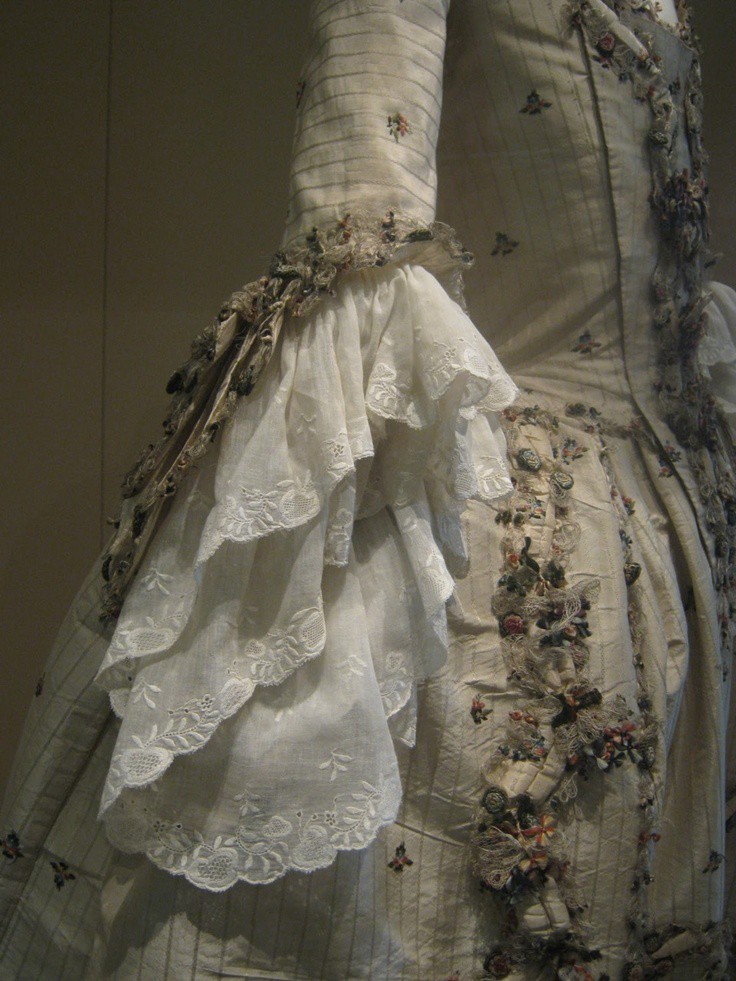
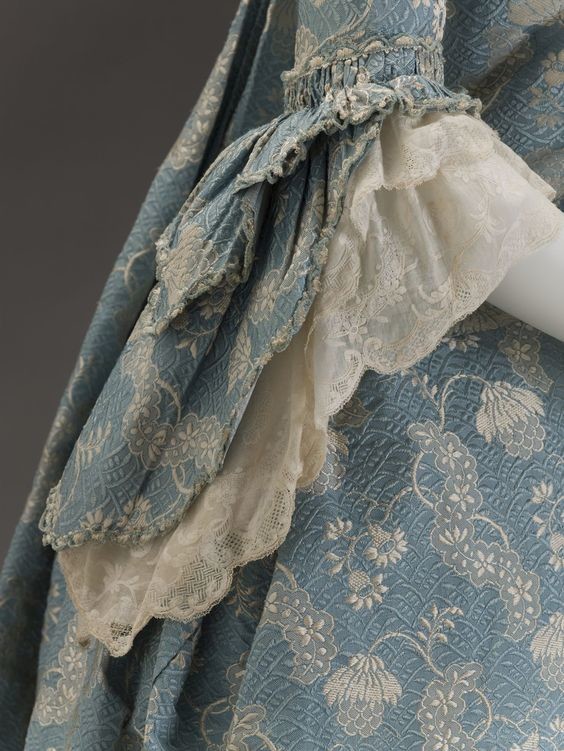
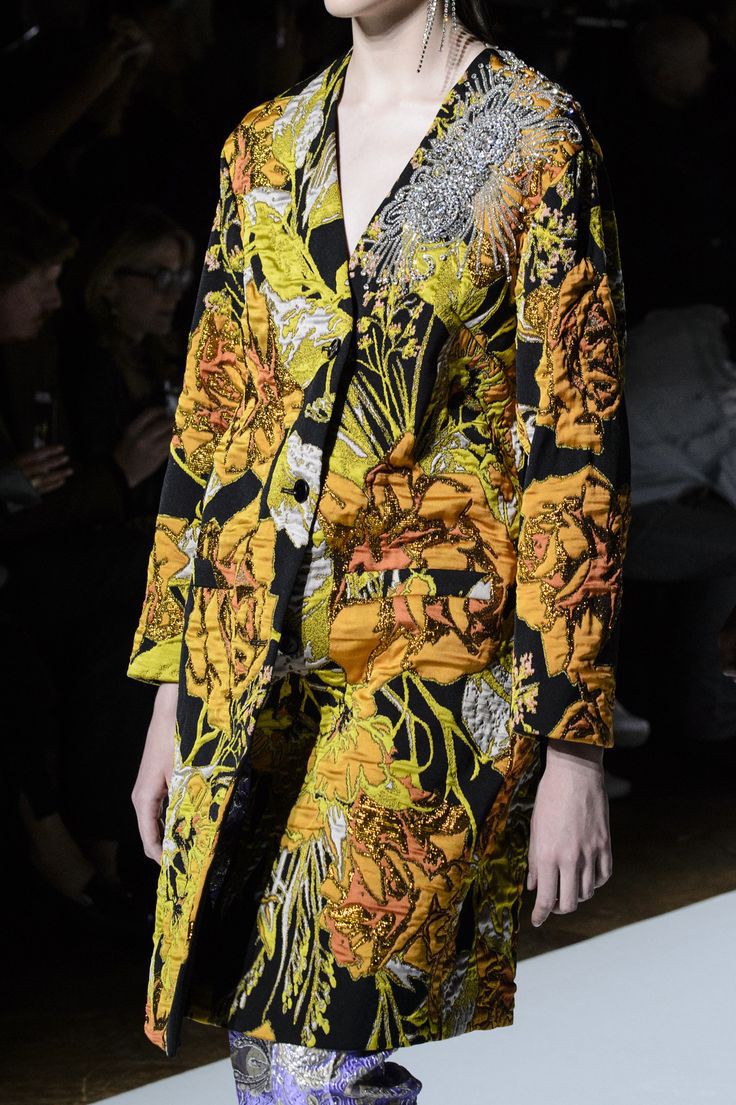 Dries Van Noten spring-summer 2018
Dries Van Noten spring-summer 2018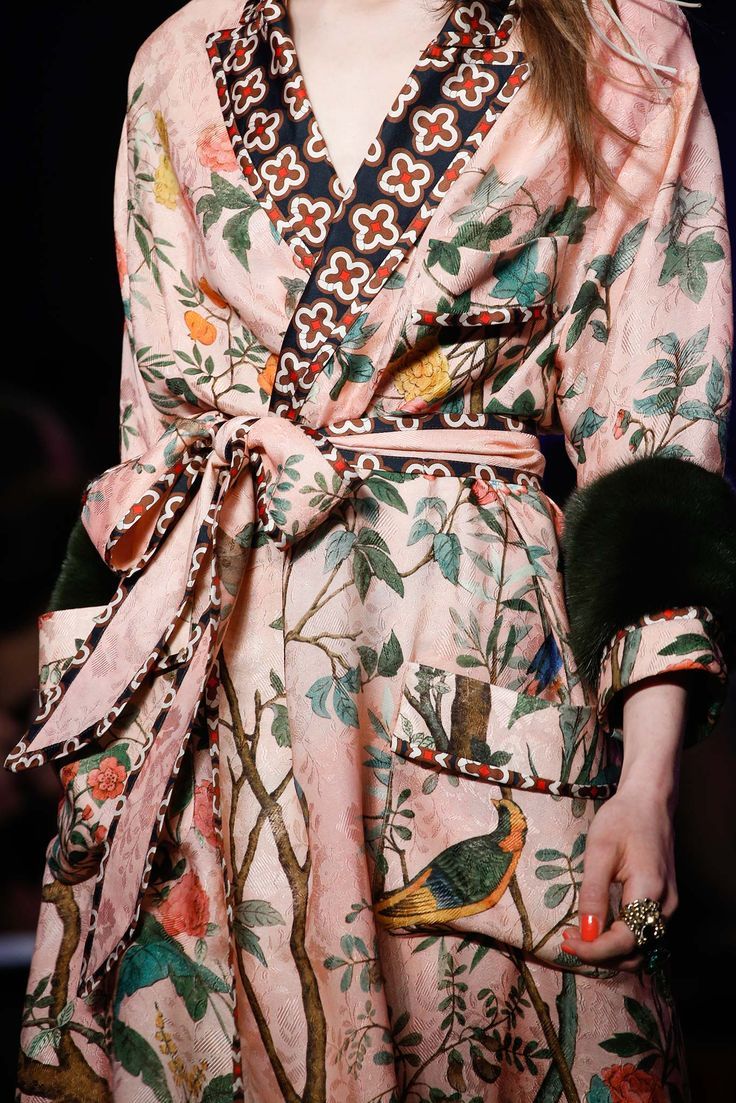 GUCCI spring-summer 2016
GUCCI spring-summer 2016